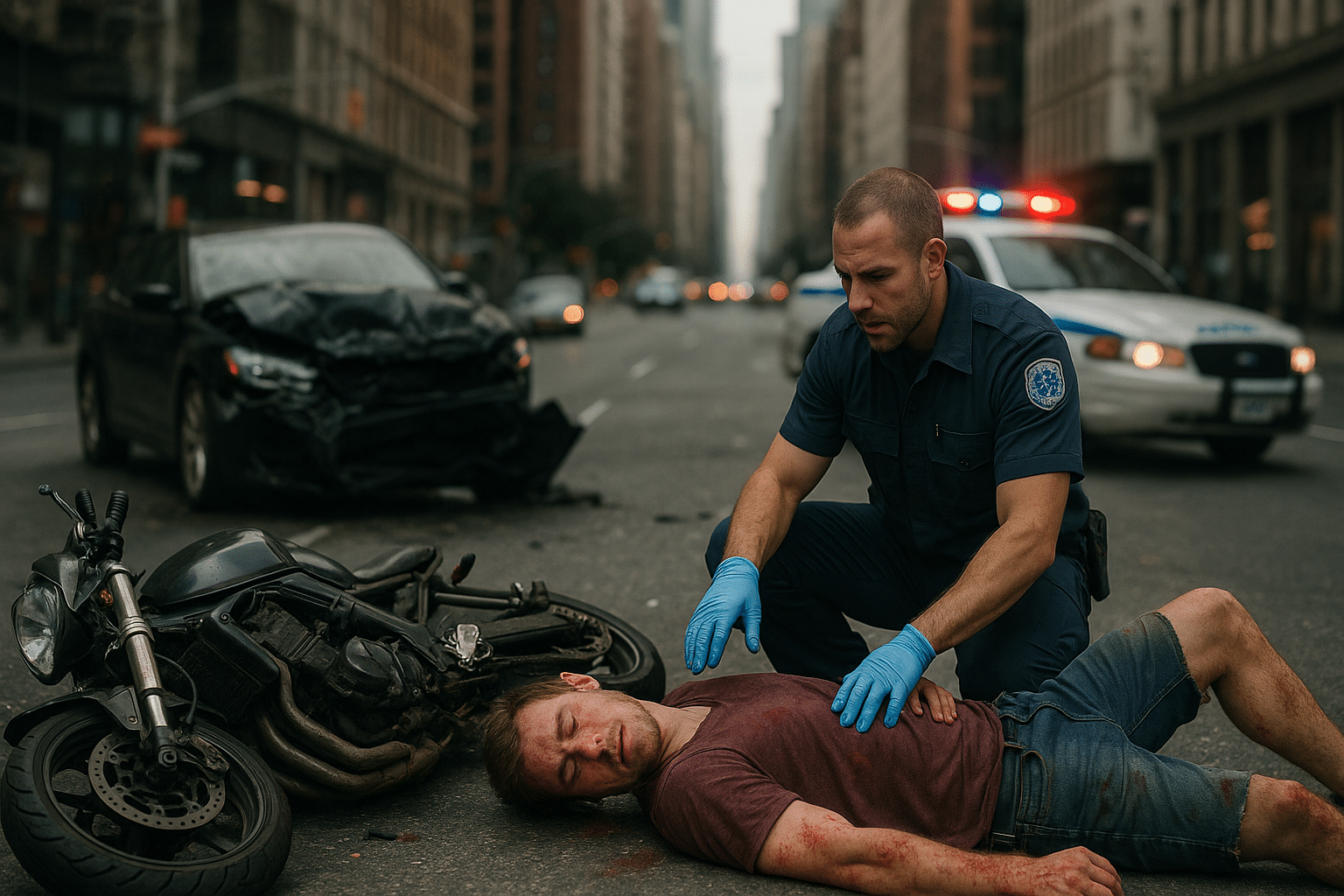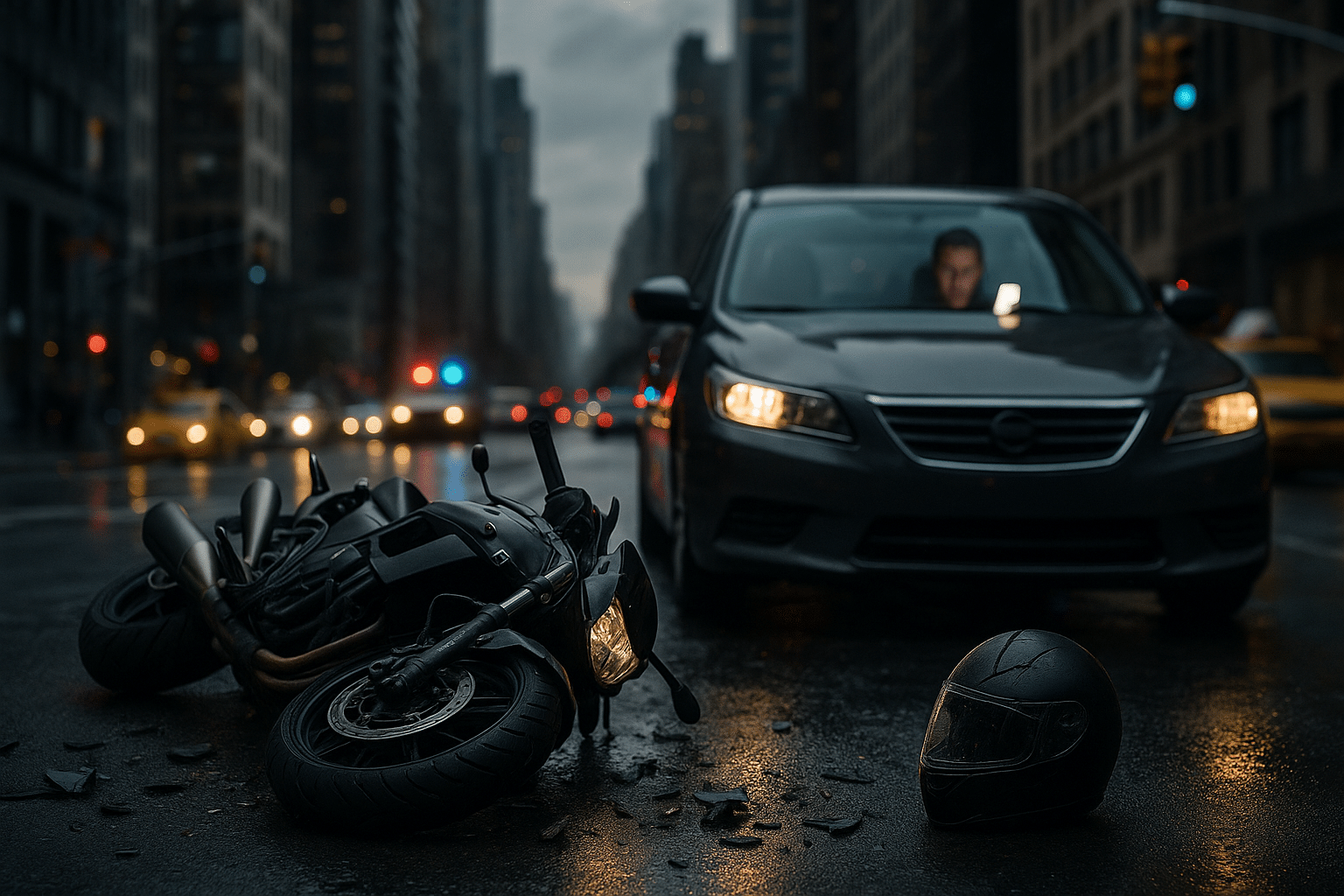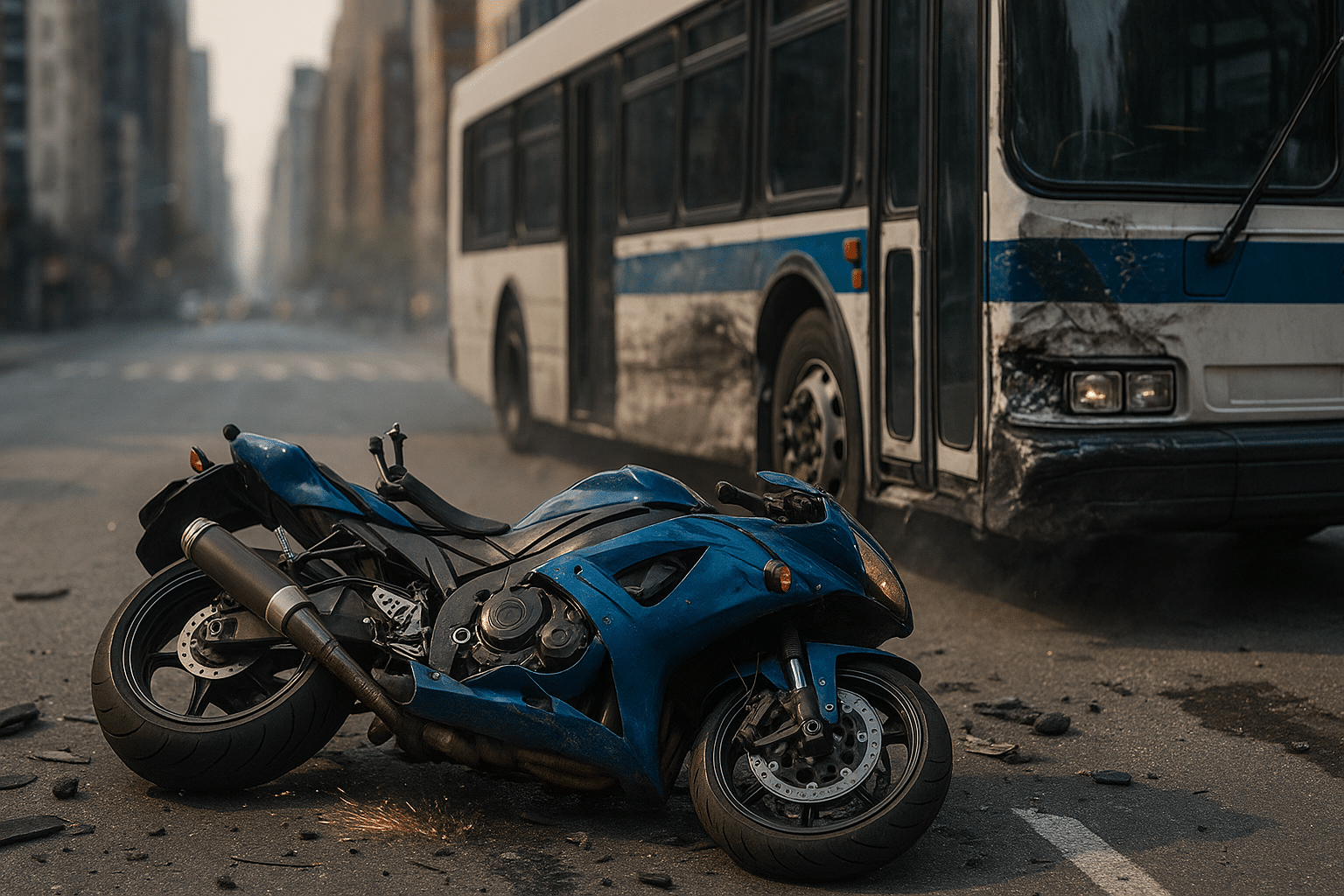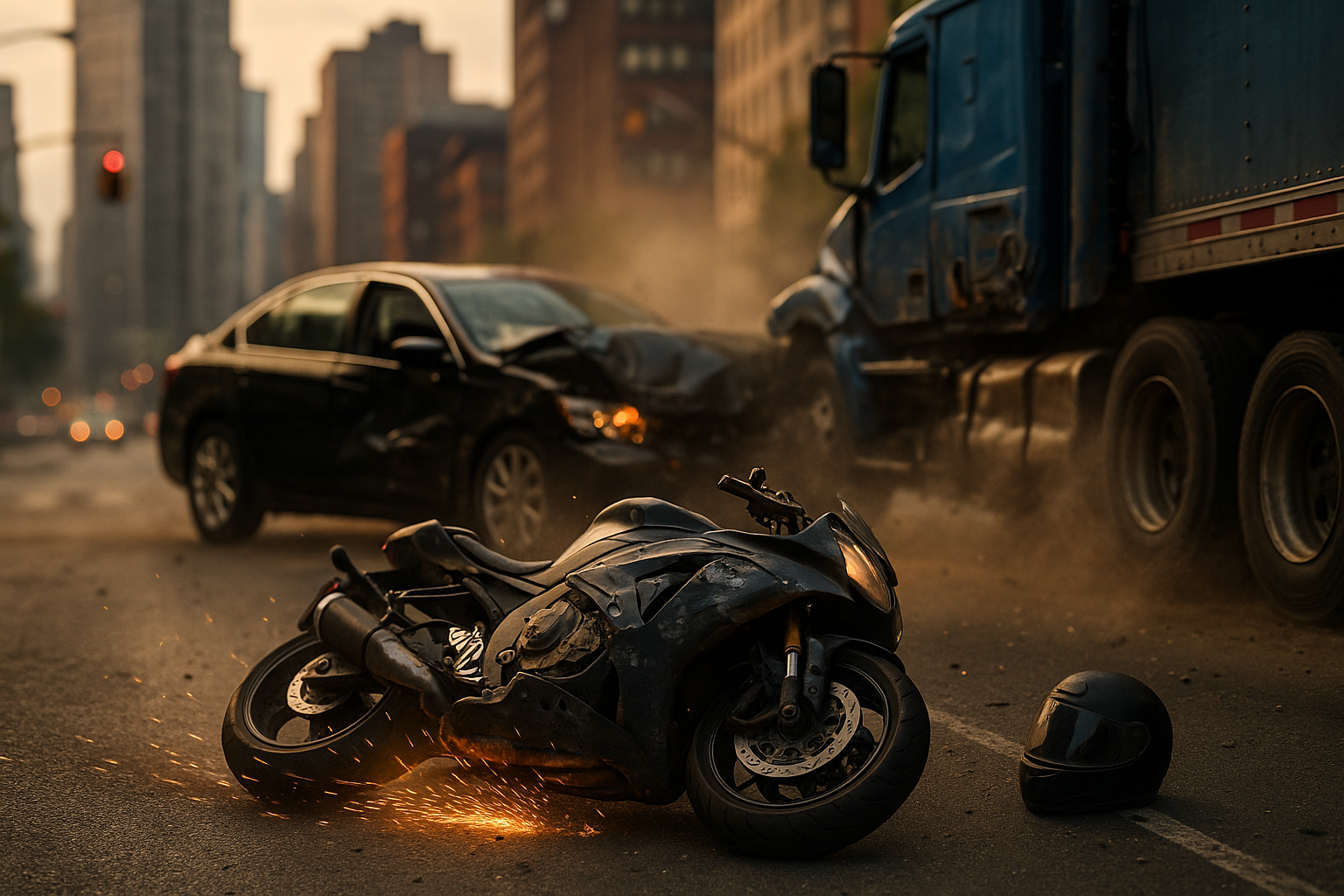Being injured while lane splitting on a motorcycle in New York can lead to complex legal and financial challenges. Because motorcyclists are highly exposed to serious injuries, and lane splitting is a controversial—and illegal—maneuver in the state, questions about liability often arise. The good news? Even if you were lane splitting, you may still have the right to seek compensation. Here’s what you need to know.
Table of Contents
We return our clients’ phone calls. We are available 24/7, 365 days a year. I give out my personal cell phone number to all my clients, and I tell them they can feel free to contact me at any time. That’s what makes us different.
—Mitchell Proner
Is Lane Splitting Legal in New York?
No. Under New York traffic law, motorcyclists must use the full lane like any other vehicle. Riding between lanes or weaving through slow or stopped traffic is prohibited.While this violation can be used as evidence of negligence, it does not automatically make you fully at fault. Liability will still depend on the actions of all parties involved.
No-Fault Laws and Motorcycles
New York is a no-fault state for most motor vehicle accidents—meaning drivers typically use their own insurance for medical bills and lost wages, regardless of fault.
However, motorcycles are excluded from no-fault coverage. This means:
- Your medical bills and lost income are not automatically covered.
- You must file a claim against the at-fault driver or pursue a personal injury lawsuit.
- Compensation is not guaranteed without proving negligence.
With 30 years of experience winning top settlements, we know how to deal with insurance companies and the legal system. You’re in the best hands with us.
—Mitchell Proner
Who Pays After a Lane Splitting Motorcycle Accident?
- The Other Driver (If They’re at Fault)
- If another driver was distracted, speeding, failed to signal, or made a sudden lane change without checking their blind spot, they may be partially—or fully—responsible.
Example: If you were lane splitting and a driver merged into you without looking, they could share liability.
- Shared Fault – Comparative Negligence
New York follows pure comparative negligence.Your compensation is reduced by your fault.
Example:
- You were lane splitting (violation).
- The other driver was texting and didn’t check mirrors.
If you’re found 30% at fault and your damages total $100,000, you could still recover $70,000.
- Insurance Options
Because no-fault does not apply, you may need to:
- File a claim against the other driver’s liability insurance.
- Use your own uninsured/underinsured motorist coverage.
- Seek compensation through the Motor Vehicle Accident Indemnification Corporation (MVAIC) if the other driver was uninsured.
What to Do Immediately After the Accident
Taking the right steps can strengthen your case:
- Call 911 and get medical attention.
- Document the scene with photos and videos.
- Avoid admitting fault or arguing.
- Request the police report once it’s ready.
- Contact a motorcycle accident lawyer as soon as possible.
Why Legal Help is Critical
Insurance companies often use lane splitting as a reason to deny or reduce your claim. An experienced motorcycle accident lawyer can:
- Investigate the crash thoroughly.
- Gather witness statements and video evidence.
- Challenge fault determinations.
- Negotiate with insurers for maximum compensation.
- Represent you in court if needed.
At Proner & Proner, we’ve been fighting for injured motorcyclists in New York for decades. We work on a contingency fee basis—meaning you pay nothing unless we win your case.
Being hit while lane splitting in New York presents unique legal hurdles, but it does not eliminate your right to pursue damages. If the other driver acted negligently, you could still secure substantial compensation.
The key is understanding how state laws apply and having a legal team that knows how to fight for motorcyclists’ rights.
Were you injured in a lane splitting motorcycle accident in New York? Contact Proner & Proner today for a free consultation.
FAQ
Yes, although it may affect the compensation amount. Speak with a lawyer to evaluate your specific case.
New York follows a “comparative negligence” rule, meaning you can still receive compensation even if you were partly responsible.
In New York, you generally have up to 3 years to file a personal injury claim. The sooner you act, the better your chances of success.









